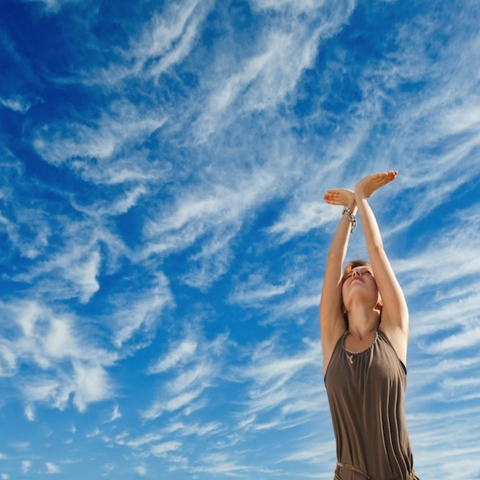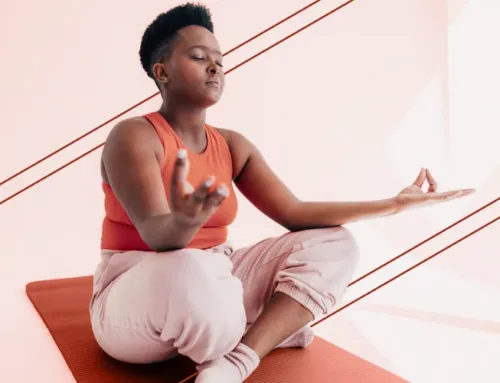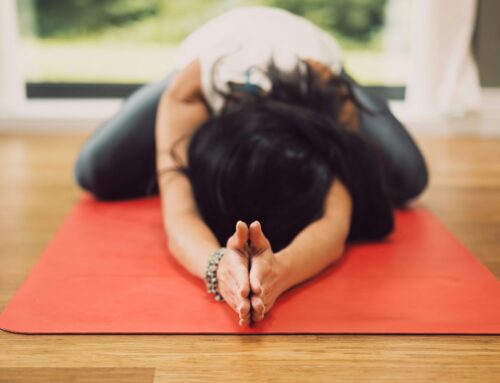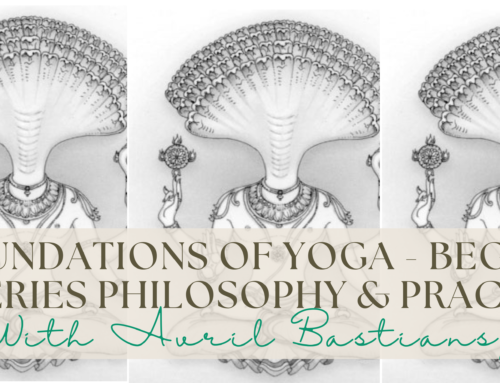As we close our eyes we begin to draw our attention inwardly… We stand in ‘Bamboo in the wind’, a simple and relaxed standing posture, our focus settles on the breath. Observe the inhalation. The sensation of the breath coming in, through the nostrils, feeling it glide past the back of the throat and move down into the chest, the diaphragm expands as the breath pushes further down, deep into the belly, the navel rising. Noticing the moment where the breath transforms into energy, the slight pause before the exhalation, like the pause between a wave rolling into the shore and receding into the ocean.
As the breath settles naturally we enjoy this simple posture for a few moments before our focus and attention turns to the centre line of the body. Scan from the crown, to the brow, to the throat, down to the heart, into the solar plexus, continue down below the navel and into the root area below the tail-bone. We attune our focus to the feeling centre of our body. Allow sensations to rise and fall naturally, just observe and compassionately keeping any feelings and sensations that arise company, no need to judge or change them, just let them be as they are and feel into them.
Once the body and mind feels stillness we begin our mindful movement. Keeping our eyes closed, we start by gently rotating the wrists and hands, first in one direction and then in the other. We then begin to move both the elbows, forearms, wrists and hands in circular motions, again firstly in one direction and then in the other. After a few rotations in both directions we take our hands and place them on our shoulders, our fingers facing forward and thumbs behind, we continue our circling motions, this time with the shoulders and the arms. We inhale circling in one direction, paying particular attention to each part of the movement, while coordinating it with the breath, we then exhale, circling in the opposite direction.
Our Mindful Movement is aligned with our breath, the three fundamental principles of Qigong being body, mind, breath. We are using the movement as our anchor for this mindfulness practice. If the mind wanders (as it is likely to do), just gently bring it back to the movement and breath.
Our warm up continues with circling movements for the head, neck, waist, hips, legs, knees and ankles, warming up each area and allowing our body to lubricate the joints, tendons and muscles.
Each practice of mindful movement and qigong varies, combining gentle stretches, stimulating knocking and accu-tapping and flowing, fluid movements. The focus is on each movement, the flow and coordination of the breath and the complete awareness of the body.
We may start with The Pine Tree, a gentle raising and lowering of firstly the hands and arms, then moving into combination with raising and lowering of the legs. This movement is considered a longevity exercise; the Pine Tree is a symbol for endurance, long life and self-discipline and is often associated with god Sau, the god of longevity.
Stretching movements such as ‘Holding one arm aloft’ from Ba Duan Jin may follow. This is a gentle stretching of the arms in opposite directions and flexing of the hands, again coordinated with the breath. This movement regulates the spleen and stomach while also providing an opening through the sides of the body. Many of the stretching movements in qigong enable an opening of the meridians that run through the body as well as stimulating and massaging the internal organs.
Flowing and fluid movements help to relax the mind and promote a sense of clarity and calmness, bringing about a meditative state. The ‘Fountain’ is a simple flowing movement where the backs of the hands come together below the belly and gently rise to the heart with the inhalation. The palms open and the hands and arms float out and down with the exhalation. Many extensions and variations can be incorporated into this simple flowing movement.
Mindful movement is a combination of both modern and traditional qigong and tai chi and makes up 30-45 minutes of each class. Each session begins and ends with meditation, using a selection of intention, attention and inquiry based meditations. Classes may focus on particular paired organs and meridians or they may combine a series of movements which focus several different body areas and movement styles.
Mindful movement promotes balance and the flow of energy in the body, it relaxes the mind and creates a feeling of vitality in the body. We receive benefits to the physical, emotional and spiritual aspects of our beings and we build our self-healing abilities. Through the focus of body, mind and breath we build a connection to the present moment, a connection to our body and through nourishing our emotions and feelings we build compassion, empathy and the ability to connect to others.
Nicole Betts takes Integrative Qigong classes at Kundalini House on Wednesdays at 7.45am. To book, head to our timetable
(Additional Qigong classes are available on Mondays at 7.45 am with Joanna Nation.)
Visit Nicole’s website, Pursuit Of Wellness.







Leave A Comment